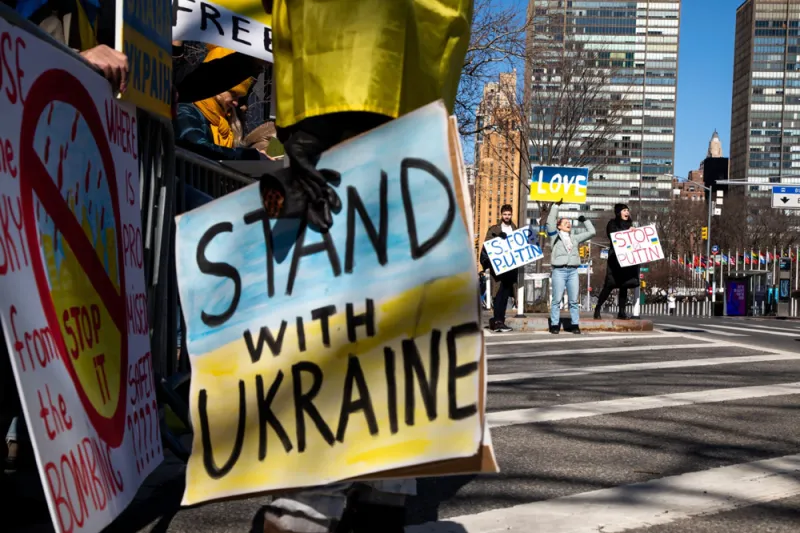The market turbulence associated with the Russia-Ukraine conflict has sparked fears among some observers that a new bear market could be upon us. The historical record, however, appears to disagree.
Over the past 40 years, no single geopolitical crisis has caused the market to tumble more than 20 percent, which is the popular definition of a bear market. The 9/11 attacks, for example, triggered an 11.7 percent equity decline, the worst drawdown since the 1980s, according to consulting firm Cambridge Associates.
“Global equities tend to sell off following major geopolitical events, but such declines have historically been mild and short-lived,” according to a Cambridge article. The authors concluded that any predictions that a bear market will inevitably follow on the heels of the Russian invasion are likely to be “useful but imperfect,” as long as the conflict doesn’t expand to other NATO territories.
In 2021, the Taliban’s takeover of the Afghan capital, Kabul, was followed by a 5.7 percent selloff that lasted 20 days. In 2014, the Russian annexation of Crimea led to a 2.7 percent drop in equities. The longest selloff ostensibly caused by geopolitical events lasted only 24 trading days during the first Gulf War in the early 1990s.
And even the worst market drawdowns are followed by quick rebounds. “In 1991, prior to the invasion of Iraq, markets tanked from August to October,” said John Coyne, chairman of the Pennsylvania-based firm Spouting Rock Asset Management. “But as soon as [the United States] invaded Iraq, the markets took off like crazy.” According to Cambridge data, the markets were up 18 percent from the bottom just a month after the U.S. invasion.
The reason why the markets seem more dismissive than might be expected is that geopolitical events are just another type of volatility, according to Coyne. He said that once the markets recognize what direction a conflict is about to take, the conflicts themselves don't matter that much and the markets tend to stabilize.
Lauren Goodwin, senior director of multi-asset solutions at New York Life Investments, said that investors should have been “prioritizing flexibility” even before the Russia-Ukraine crisis began, because persistent inflation and rate concerns were already harbingers of a highly uncertain macroeconomic environment. This would have allowed them to react swiftly to any volatility-triggering events, including the geopolitical conflict between Russia and Ukraine.
“We consider the political risk in our portfolio [to be] a function of three factors: the likelihood of the risk, the size of the impact of the risk, and the velocity at which it [unfolds],” Goodwin told II. For most investors without significant exposure to commodities or Russia-specific securities, these three factors have not signaled significant investment risks. Therefore, their investment concerns should still revolve around the pre-existing macroeconomic trend, she said.
According to Marko Papic, chief strategist at the Clocktower Group, even if the Russian invasion does have a ripple effect on the markets, it’s likely to be transmitted through rising energy prices, which the U.S. could withstand. Compared to the rest of the global economy, the U.S. has more energy independence and higher average household income, thanks to the pandemic stimulus. “Gasoline prices adjusted for the increased net worth are not going to really impact the bottom line for a lot of households in America,” he said. That means that U.S. markets won’t be disturbed as much as those in other countries, even if the Ukraine situation escalates.







